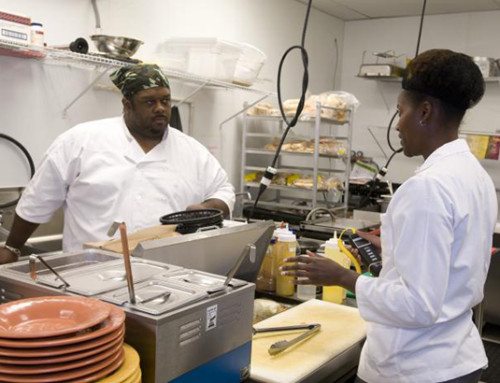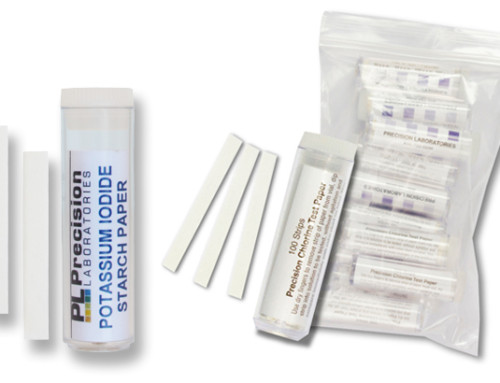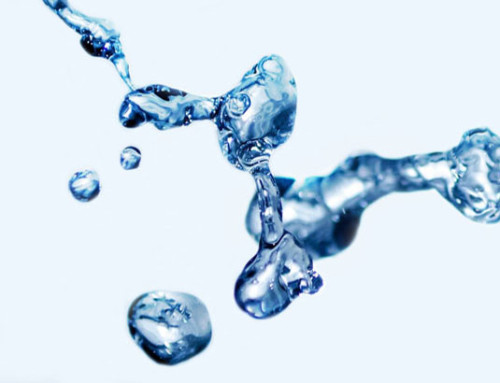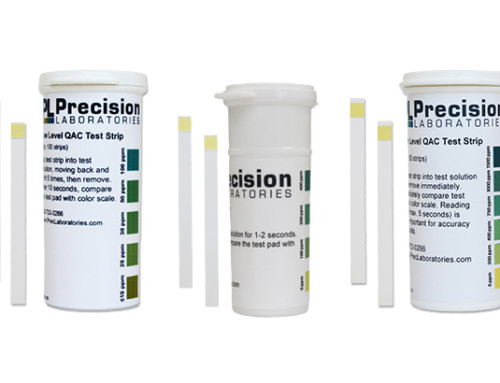We often get asked by customers or end users if our chlorine test strips measure free chlorine. There is sometimes confusion between the terms free chlorine and total chlorine and what they mean. This is a common question, so today, we’re going to try to clear it up for you.
Do your chlorine test strips measure free chlorine? The short answer: Yes. Our test strips do not measure total chlorine.
Now, here is the long answer to explain the nitty gritty details…
When dissolved in water, chlorine forms hypochlorous acid and hydrochloric acid.
CL2 + H2O = HOCl + HCl
When sodium hypochlorite is used to add chlorine to the water, it forms hypochlorite ion and hydroxide ions.
NaOCl + H2O = OCl- + OH-
Hypochlorous acid and hypochlorite exist in equilibrium, with the amount of each present dependent on the pH of the water.
HOCl = OCl- + H+
The amount of hypochlorous acid and hypochlorite ions present is often referred to as “free” or “available” or “unbound” chlorine. You can see where this is confusing. Three different terms can be used interchangeably to mean the same thing.
Our chlorine test strips, such as the Mid-Level Chlorine strip measuring 0-200ppm, reacts to this “free” chlorine.
Total chlorine refers to the combination of “free” chlorine and “combined” chlorine. Combined chlorine is also called “bound” or “unavailable” chlorine. Combined chlorine is the result of the reaction of hypochlorous acid (free chlorine) and ammonia. This reaction results in the formation of monochloramines, dichloramines and trichloramines.
The indicator used in our chlorine test strips, such as CHL-200, reacts to free chlorine but not total chlorine. This is a good thing because the oxidizing (disinfection) power of hypochlorous acid is greater than hypochlorite ion and much greater than the chloramines.
Our chlorine test strips are meant to be used as a tool for measuring disinfecting solutions. Although we don’t specifically state “free chlorine” on the labels, this is what they’re testing.







Leave A Comment